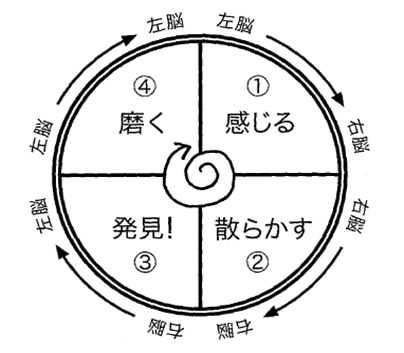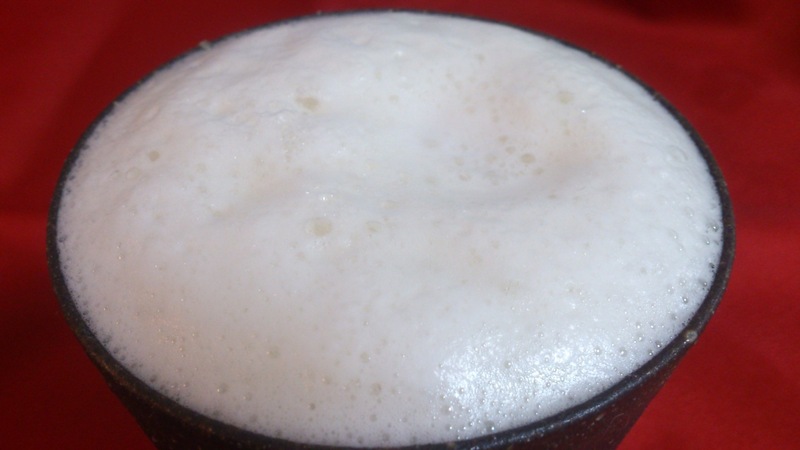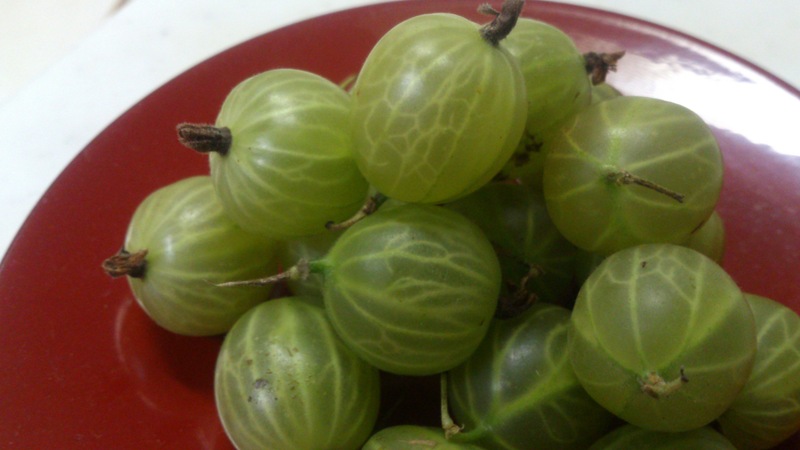The most memorable lecture from my university days was by Professor Hirotaka Takeuchi (now at Harvard Business School). We submitted self-introduction papers with photos on the first day, but by the second session, he had memorized the names of nearly 100 students. Every class was conducted by calling on us by name: "What's your opinion, Takagi-kun?" "What about you, Ehara-kun?" "Yamada-kun..." It was an intensely stimulating time, full of pressure.
 |
To Meiji Gakuin University Students
|
By chance, I'm now in my third year teaching a special management lecture at Meiji Gakuin University. I'm trying to emulate him by memorizing everyone's names, but it's incredibly difficult. Some have black hair in their photos but are actually blonde, or they submit group photos where I can't tell which one is them. It really makes me appreciate Professor Takeuchi's skill all over again.
On the other hand, interacting with these flexible and honest students is a huge perk. Communicating face-to-face helps me keep the "little person" representing youth living inside me from getting too old.

The first half of idea generation (feeling mode & scattering mode in circular thinking) demands physical thinking. It's not about rational, objective analysis; it's about mobilizing everything—physical sensations and inspiration—as if it were your own personal matter.
To achieve this, fully immerse yourself in the reality before you, taking it into your own body. Within that miniature world, repeatedly experiment with the target-role little person, asking things like, "Would you buy it if I did this?" or "Why wouldn't you buy it?"
If the little people in your mind possess thinking and sensibilities similar to your actual target audience, the precision of your thinking naturally improves. A senior colleague at Dentsu Inc. once said, "Ideas are about how you understand people." To overcome dry statistical data, you must meet as many people as possible, talk with them, experience things vividly, and secure a diverse range of little people.

After university lectures end, we occasionally grab dinner with members whose schedules align. "T-san from Okinawa still hasn't gotten used to Tokyo's pace," "Audit student I-kun used to belong to a production company aiming to be an idol," "O-kun is trying to conquer every single form of gambling permitted by law," "Handsome A-kun should switch to contacts," "No, glasses are more appealing," "N-kun never having had a girlfriend before? That's a lie!" "N-kun, are you really just a player?" We get excited over utterly pointless conversations like this.
While I rarely make any clear discoveries like "Ah, so today's college students are like this," the freshness of the young goblin living inside me definitely increases (and at the same time, the "middle-aged old man" goblin living inside the students is surely upgrading? Or downgrading?).
Now then. Next time, it's a food story about Uesugi Yoshinobu, the renowned lord of the Edo period.
 |
This week's tasty find: Gooseberries from Niki Town, Hokkaido
|
Enjoy!






